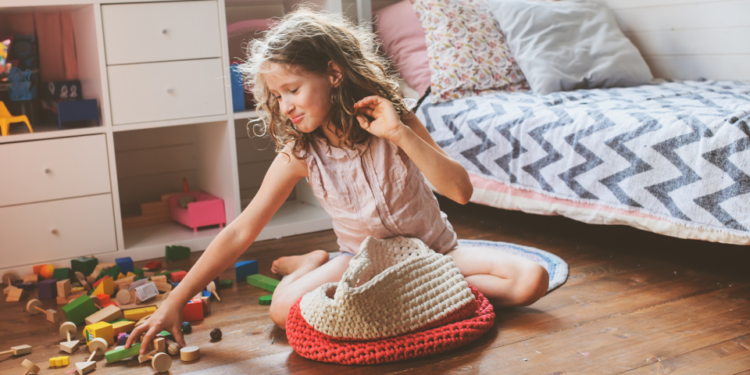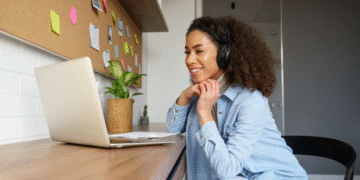Teaching children to tidy up after themselves is an important life skill that fosters independence, responsibility, and organisation. Whilst it can feel challenging, introducing simple habits and engaging routines can help to make tidying a positive experience for children and encourage them to embrace the habit.
Here are some of the best ways to help your children learn to keep their spaces clean.
Model Positive Cleaning Behaviour
Children learn by watching, observing, and mimicking the behaviour of the adults around them. By modelling consistent and organised cleaning habits, you set a powerful example for your children. Involve them in your daily cleaning routines to positively influence their approach to tidiness, by letting them take part in making the bed, clearing the table, or putting away toys.
Lead by example and demonstrate cleaning routines to show your children how to complete certain tasks such as folding clothes, making the bed, or organising their toys at the end of the day.
Incorporate team cleaning into your daily routine and turn the tasks into a shared activity. Tidying together as a family makes it feel less like a chore and more like teamwork, teaching them practical skills and developing a positive association with the task.
Use Positive Reinforcement and Gentle Discipline
Positive reinforcement is a highly effective way of encouraging young to maintain good habits. By rewarding effort and consistency and celebrating the small wins with praise or incentives, you can effectively motivate kids to take pride in keeping their space tidy.
Celebrate the small wins – when your child remembers to put their toys away and clean up after themselves without being asked, offer genuine praise as this helps to build their confidence and reinforces the habit.
Create a reward system using stickers or a simple chart to celebrate their progress. Recognising their efforts builds their confidence and can encourage consistency.
Set realistic goals and expectations by starting with small, manageable tasks and helping them to build up to bigger responsibilities.
Make Cleaning Fun and Interactive
Turning tidy-up time into a playful activity can increase your child’s willingness to participate. Adding music, games, or small challenges can make the process more enjoyable and engaging.
Add music and play their favourite songs whilst they clean up to create a fun and energetic atmosphere, or set cleaning races by setting a timer and challenging your child to put away as many toys as possible before the buzzer goes off. You can even go a step further and gamify the whole process by creating a “clean-up treasure hunt” by hiding small gifts around the room, encouraging them to tidy up as they search.
Use Smart Storage Solutions to Encourage Independence
Making storage accessible and organised makes it easier for children to clean up after themselves and take responsibility for their belongings. When everything has a designated place, kids are more likely to return things where they belong, making cleaning easier and more intuitive.
Use child-friendly, low-level storage such as shelves or cubbies so they can easily access and put away their belongings. Label storage bins and boxes to help them identify where specific toys and items belong.
When organising shared spaces, consider utilising understairs storage for toys, shoes, and other belongings. This makes it easier for your kids to tidy up independently and reduces clutter in your living areas.
Explore stylish understairs storage solutions to create a more organised and child-friendly home.
Teaching your children to clean up after themselves is a gradual process that requires patience and consistency. By leading by example, using positive reinforcement, and making tidying more simple and intuitive, you can help your children learn and build essential life skills. Incorporating smart storage solutions such as understairs storage also makes it easier for children to develop tidy habits and keep the home clutter-free.













